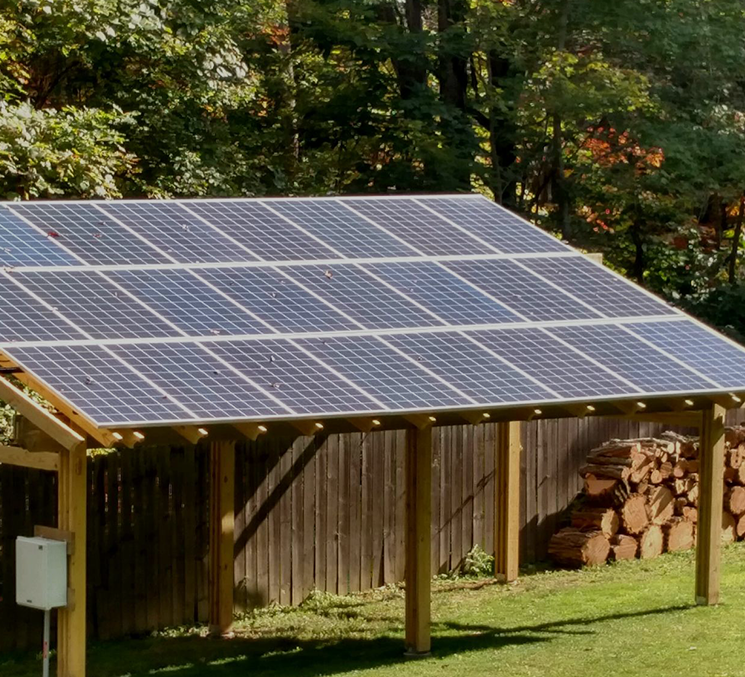A magnanimous economic stimulus package, Atmanirbhar Bharat Abhiyan was announced by the government in May 2020. The full-fledged economic stimulus package worth ₹20 lakh crores was announced by the Central Government as a major scheme introduced to rejuvenate the contraction being faced by the economy due to the pandemic and the consequent lockdown. It looks on to cater to the worst-hit laborers, middle-class families, small-scale cottage industries, MSMEs, and other industries severely affected by the pandemic induced lockdown. The lockdown that lasted for over three months has brought the nation to a standstill, thus affecting almost all the economic and job sectors gravely. Prior to the Atmanirbhar Bharat Abhiyan package, the government had announced the Pradhan Mantri Garib Kalyan Yojana (PMGKY) as interim measures to help the poor, affected by the COVID-19 pandemic.
What is Atmanirbhar Bharat Abhiyan?
The package aims to make the country ‘self-reliant’. The amount put in the scheme by the government focuses on land, labour, liquidity, and laws incorporates ₹70 lakh crore relief packages already announced under the PMGKY along with the other measures from the RBI. According to the Prime Minister, an Atmanirbhar Bharat or a self-reliant India would be built again, which, on its own, stands on the five pillars of infrastructure, economy, the latest technology, vibrant demography, and demand. The relief package, planned to implement in two phases, is in par with the packages other leading nations like Australia, Sweden, Germany, and even the US have announced for its citizens. The impact of the stimulus package will equally help the primary, secondary, and tertiary sectors although there remain the challenges posed by the lack of demand and burgeoning fiscal deficit.
Atmanirbhar Abhiyan package for solar power
For the economic revival, the country is focusing on self-sufficiency in terms of power resources as well. In the mission to increase the GDP, the Atmanirbhar Abhiyan package will have extended support from the top solar manufacturers in the country. The solar power system for home is certainly the future power for a country like India. Having an abundance of its primary resource, India can have up to 60 GW of solar manufacturing capacity by the end of 2024. With the least environmental impact, solar energy, along with other renewable resources like tidal and wind power, is now widely opted as the alternate power resource. Residential customers convert to solar power, primarily to manage their high grid-electricity bills. As R K Singh, Minister of Power and Renewable Energy mentioned, the government’s decision to shift its focus to protecting domestic manufacturers to the imposition of customs duties would soon help the industry to widen its long-term investments and commitments. The customs duty on solar power imports starting 20% from August is designed to increase up to 30-35%. The current policy of MNRE states that in order to avail the Central Financial Assistance for subsidy on Grid Connected Rooftop Solar, it is mandatory to install Domestic Content Requirement (DCR) solar panels. In other words, one can avail subsidy only when indigenously manufactured DCR panels are used in the installation of the rooftop solar panels across commercial, industrial and residential segments. This existing policy coupled with the latest initiative to boost locally manufactured solar modules will help companies in this space to a great extent. By the end of 2022, India is set to achieve the historic target of 100 GW of solar deployment. In addition to this the statement by our Prime Minister Narendra Modi at the Climate Action Summit at UN Headquarters in 2019 to increase the non-fossil fuel target to 450 GW by 2030 will act as a strong pillar for the local manufacturing of solar modules. Through the establishments of more solar panel manufacturing units in the country, India can create around three lakh jobs in the sector within the next three years.
Solar Energy for Home
From large buildings to every single household in India, solar power has marked its varied remarkable usages. Converting to solar power has in no time turned out to be a trend among Indian households.
Solar power plants can be set anywhere in our households where direct daylight falls. The panels work best during summers and produces energy during other seasons as well. In a non-shadow area of about 80 to 100 sq. ft, a solar panel of 1KW can be installed.
Along with the huge reduction brought in our power bills, the solar power at home also frees us from the woes of frequent power cuts. Being a tropical country that receives high solar radiation for almost 300 days a year, solar power generation, taken along with grand policies like Atmanirbhar Bharat Abhiyan will help create employment as well as rural development. Also, it paves the way for the development of solar power systems within the country.



